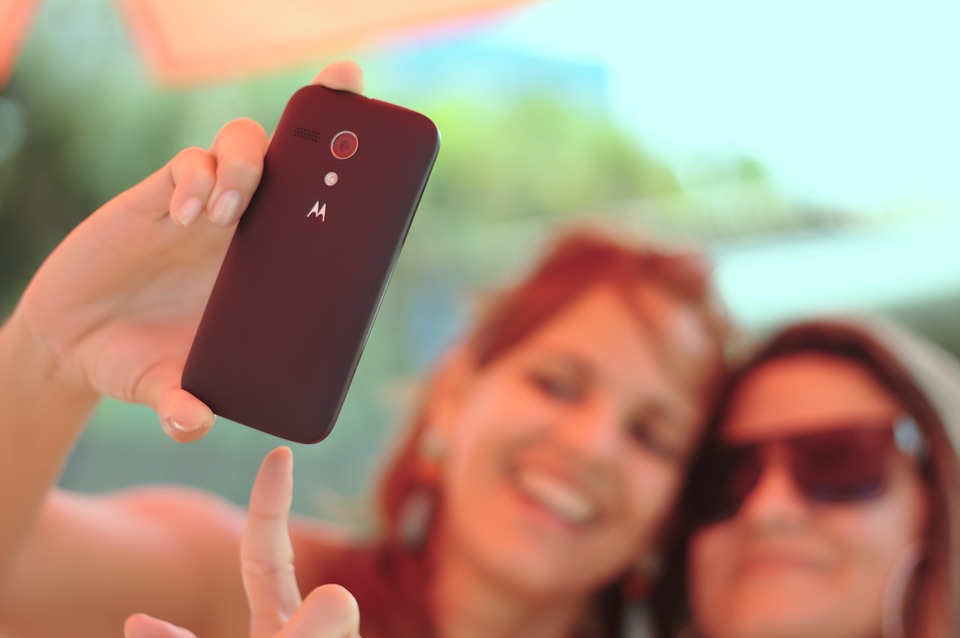We all may be a little narcissistic, but why are young people being punished for it?
3 min read
Pixabay
By EMILY HOLLINGSWORTH
The current generation of teenagers have been bemoaned for years by some who believe that teenagers have become that much more self-involved and self-absorbed than generations before, due in part to the exploding trend of selfies on social media, making behavior from teenagers that much more public.
However, teenagers are often blamed for narcissism while the older generation, particularly leaders with enormous influence and the potential for greater harm, remain unquestioned.
This idea of teenage narcissism resurfaced after member of the UK House of Lords, Joan Bakewell, had reportedly suggested that the prominence of eating disorders from teenagers may be linked with narcissism. Bakewell later apologized for the statement, but an article from Psychology Today, written by doctors Raj Persaud and Kathleen Martin Ginis make a case for both sides of the issues, proposing the existence of more than one type of narcissism.
The first type, grandiose narcissism, operates under the idea that the individual has delusional views of their own self importance, believing they are above reproach or following common rules and attacking or punishing anyone who questions them. Another type, vulnerable narcissism, comes when an individual becomes so self-conscious of their perceived inferiority that they over-focus or change aspects of themselves to feel accepted by society.
For grandiose narcissism, someone like presidential candidate Donald Trump may be a good example. For vulnerable narcissism, teenagers who may have eating disorders could definitely fit the bill here.
Both types seem to operate with similar goals, according to Persaud and Ginis, that they both want to be accepted by others. How they receive criticism, however, says a lot about the impact that each subcategory of narcissism can have. Grandiose narcissists will lash out or blame others for what may be their own failures, or what Persaud and Ginis call a “bad-you” response, while vulnerable narcissists internalize their shame or embarrassment, engaging in self-pity or what Persaud and Ginis call a “poor-me” response.
While a martyr complex could be problematic, the more damaging, far-reaching and often unpunished consequences of narcissism definitely appear to come from grandiose narcissists, who can potentially wreck the lives of people who threaten their fragile self-perceptions.
That being said, it is interesting that young people are often targeted for their narcissism when they may have a type of narcissism that, while potentially damaging to themselves, has a lesser chance of harming the people around them. And with teenagers after intervention reported having higher self esteem levels according to a study in 2015 by Shraddha Sharma and Surila Agarwala in Deemed University in India, it is certainly more possible that their vulnerable narcissism will lessen or disappear with age or receiving help for destructive actions.
However, others who often skirt scrutiny and continue to harm those around them from their grandiose narcissism may not.
While leaders who share grandiose narcissistic behavior similar to Trump have certainly been called out, they often do not face the targeted ire that teenagers often do for their behavior. Perhaps as a society, more scrutiny should be allotted for people in power who could affect more people with narcissistic behavior or actions than teenagers who often lack this far-reaching power or impact.


